Reebok 2014 Annual Report Download - page 151
Download and view the complete annual report
Please find page 151 of the 2014 Reebok annual report below. You can navigate through the pages in the report by either clicking on the pages listed below, or by using the keyword search tool below to find specific information within the annual report.-
 1
1 -
 2
2 -
 3
3 -
 4
4 -
 5
5 -
 6
6 -
 7
7 -
 8
8 -
 9
9 -
 10
10 -
 11
11 -
 12
12 -
 13
13 -
 14
14 -
 15
15 -
 16
16 -
 17
17 -
 18
18 -
 19
19 -
 20
20 -
 21
21 -
 22
22 -
 23
23 -
 24
24 -
 25
25 -
 26
26 -
 27
27 -
 28
28 -
 29
29 -
 30
30 -
 31
31 -
 32
32 -
 33
33 -
 34
34 -
 35
35 -
 36
36 -
 37
37 -
 38
38 -
 39
39 -
 40
40 -
 41
41 -
 42
42 -
 43
43 -
 44
44 -
 45
45 -
 46
46 -
 47
47 -
 48
48 -
 49
49 -
 50
50 -
 51
51 -
 52
52 -
 53
53 -
 54
54 -
 55
55 -
 56
56 -
 57
57 -
 58
58 -
 59
59 -
 60
60 -
 61
61 -
 62
62 -
 63
63 -
 64
64 -
 65
65 -
 66
66 -
 67
67 -
 68
68 -
 69
69 -
 70
70 -
 71
71 -
 72
72 -
 73
73 -
 74
74 -
 75
75 -
 76
76 -
 77
77 -
 78
78 -
 79
79 -
 80
80 -
 81
81 -
 82
82 -
 83
83 -
 84
84 -
 85
85 -
 86
86 -
 87
87 -
 88
88 -
 89
89 -
 90
90 -
 91
91 -
 92
92 -
 93
93 -
 94
94 -
 95
95 -
 96
96 -
 97
97 -
 98
98 -
 99
99 -
 100
100 -
 101
101 -
 102
102 -
 103
103 -
 104
104 -
 105
105 -
 106
106 -
 107
107 -
 108
108 -
 109
109 -
 110
110 -
 111
111 -
 112
112 -
 113
113 -
 114
114 -
 115
115 -
 116
116 -
 117
117 -
 118
118 -
 119
119 -
 120
120 -
 121
121 -
 122
122 -
 123
123 -
 124
124 -
 125
125 -
 126
126 -
 127
127 -
 128
128 -
 129
129 -
 130
130 -
 131
131 -
 132
132 -
 133
133 -
 134
134 -
 135
135 -
 136
136 -
 137
137 -
 138
138 -
 139
139 -
 140
140 -
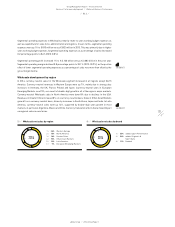 141
141 -
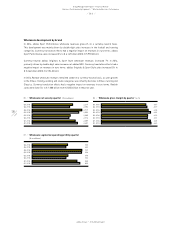 142
142 -
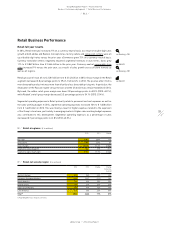 143
143 -
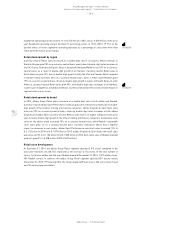 144
144 -
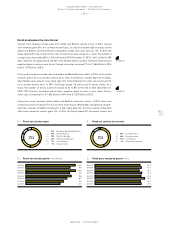 145
145 -
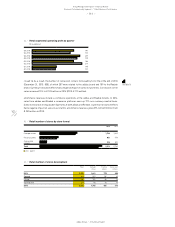 146
146 -
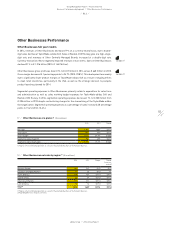 147
147 -
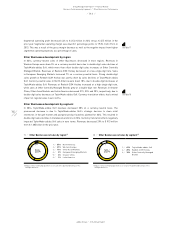 148
148 -
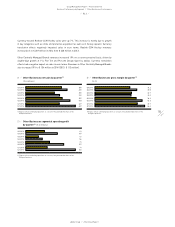 149
149 -
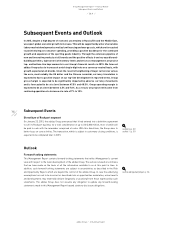 150
150 -
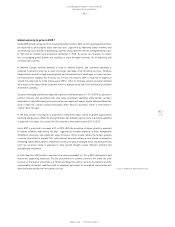 151
151 -
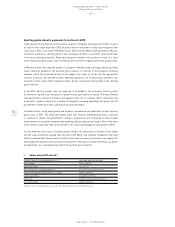 152
152 -
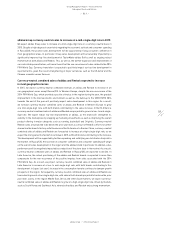 153
153 -
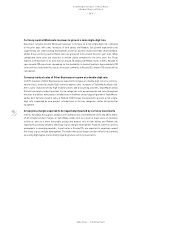 154
154 -
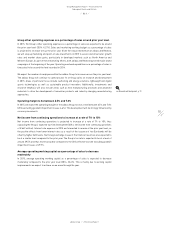 155
155 -
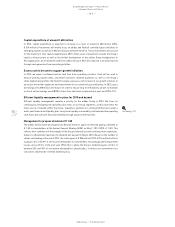 156
156 -
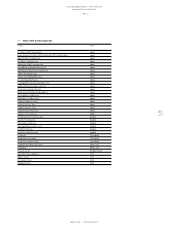 157
157 -
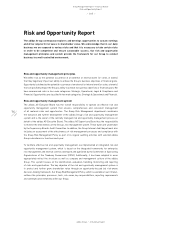 158
158 -
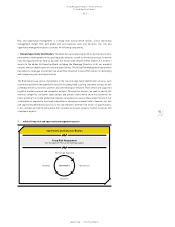 159
159 -
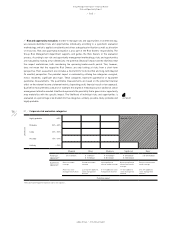 160
160 -
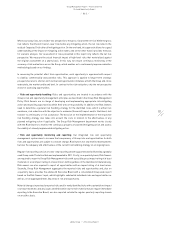 161
161 -
 162
162 -
 163
163 -
 164
164 -
 165
165 -
 166
166 -
 167
167 -
 168
168 -
 169
169 -
 170
170 -
 171
171 -
 172
172 -
 173
173 -
 174
174 -
 175
175 -
 176
176 -
 177
177 -
 178
178 -
 179
179 -
 180
180 -
 181
181 -
 182
182 -
 183
183 -
 184
184 -
 185
185 -
 186
186 -
 187
187 -
 188
188 -
 189
189 -
 190
190 -
 191
191 -
 192
192 -
 193
193 -
 194
194 -
 195
195 -
 196
196 -
 197
197 -
 198
198 -
 199
199 -
 200
200 -
 201
201 -
 202
202 -
 203
203 -
 204
204 -
 205
205 -
 206
206 -
 207
207 -
 208
208 -
 209
209 -
 210
210 -
 211
211 -
 212
212 -
 213
213 -
 214
214 -
 215
215 -
 216
216 -
 217
217 -
 218
218 -
 219
219 -
 220
220 -
 221
221 -
 222
222 -
 223
223 -
 224
224 -
 225
225 -
 226
226 -
 227
227 -
 228
228 -
 229
229 -
 230
230 -
 231
231 -
 232
232 -
 233
233 -
 234
234 -
 235
235 -
 236
236 -
 237
237 -
 238
238 -
 239
239 -
 240
240 -
 241
241 -
 242
242 -
 243
243 -
 244
244 -
 245
245 -
 246
246 -
 247
247 -
 248
248 -
 249
249 -
 250
250 -
 251
251 -
 252
252 -
 253
253 -
 254
254 -
 255
255 -
 256
256 -
 257
257 -
 258
258 -
 259
259 -
 260
260 -
 261
261 -
 262
262 -
 263
263 -
 264
264 -
 265
265 -
 266
266 -
 267
267 -
 268
268
 |
 |

Group Management Report – Financial Review
147
2014
Subsequent Events and Outlook
/
03.4
/
adidas Group
/
2014 Annual Report
Global economy to grow in 2015 1)
Global GDP growth is projected to increase moderately to 3.0% in 2015. At 2.2%, developed economies
are expected to grow slightly faster than last year, supported by improving labour markets and
low financing costs. Growth in developing countries should benefit from the strengthened recovery
in high-income markets and accelerate somewhat in 2015. Oil prices are foreseen to remain
low, encouraging global growth and resulting in more divergent outlooks for oil-exporting and
oil-importing countries.
In Western Europe, external demand is likely to improve slightly, and consumer spending is
expected to remain resilient as a result of stronger real wages from declining oil prices. Financial
fragmentation as well as high unemployment and unresolved fiscal challenges in some countries
are forecasted to dampen the recovery. As a result, the region’s GDP is expected to expand at
around the same rate as in the previous year (2014: 1.3%). In Germany, private consumer demand
will prevail as the major driver of growth, which is however projected to be held back by subdued
investment spending.
European emerging markets are expected to grow at a moderate pace of 1.5% in 2015, as persistent
political tensions and uncertainty will slow down investment spending, while further currency
devaluations, high inflationary pressures and low real wages will impact private household demand.
Such a high-risk scenario would particularly affect Russia’s economy, which is forecasted to
contract 3.0% this year.
In the USA, private consumption is projected to remain the major source of growth supported by
declining energy prices. While the strong US dollar will dampen export activity, investment spending
is expected to increase. As a result, the US economy is forecasted to grow 3.2% in 2015.
Asia’s GDP is projected to increase 4.2% in 2015. With the exception of Japan, growth is expected
to remain relatively high during the year, supported by healthy industrial activity, manageable
inflationary pressures and significant wage increases. China should remain the fastest-growing
economy, forecasted to expand 7.3%, with external demand picking up and private consumption
remaining stable. While Japan is predicted to continue to grow at subdued levels, modestly profiting
from low oil prices, India is expected to drive growth through private domestic demand and
strengthened investment.
In Latin America, GDP growth is expected to increase somewhat to 1.2% in 2015, with exports and
investment supporting expansion. Positive performance in several countries will offset the slow
recovery of the largest economies, e.g. Brazil and Argentina, where currency fluctuations and the
unfavourable job market conditions with its negative implications for household consumption will
drive the forecasted decline in economic activity.
1) Sources: World Bank, HSBC Global Research.
